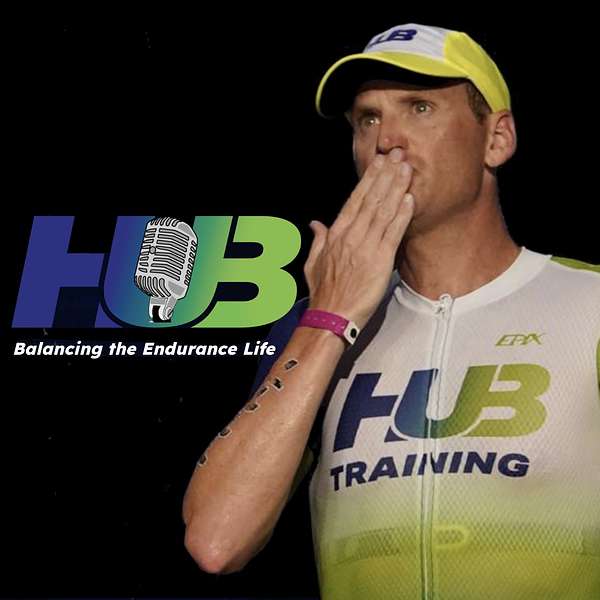
HUB Life - Triathlon and Endurance Lifestyle
HUB Life - Triathlon and Endurance Lifestyle
#27 Running for Life: Building a Strong Running Foundation
Run with Purpose Blog:
https://hubtrainingcenter.com/2024/03/run-with-purpose/
Run/Walk Program:
https://www.orthovirginia.com/wp-content/uploads/2022/04/Herring-Interval-Run-Dr-Herring-Dr-Green_1.pdf
5 Levels or Zones:
Level 0: is you sitting on the couch planning to run or procrastinating.
Level 1: is perceived as easy. You are jogging easy. This has been labeled a “recovery run”. I am adamantly against this type of run. Your gait is different and the impact on your legs is tremendous trying to slow down. If you are doing a recovery run because you are fatigued, then all the force goes across your aging joints. The muscles can’t absorb the force. I would rather you ride a bike, swim, or just walk for recovery.
Level 2: is the key to endurance fitness. This has been labeled zone 2 in the fitness world. When you are running zone 2, you can carry on a conversation. If you can’t talk, you are not in zone 2. The scientific purpose of this zone is to build mitochondria, the organelles in your cells that provide energy. The biggest mistake is running too hard. This level of running should make up 70-80% of your training. This type of run requires very little recovery. A great way to build your longer steady run is progress your walk/ run sequence to 8-9 min steady run/1 min walk progressing the repetitions.
Level 3: Tempo work is your pacing for a 5k or 10k. This is done in longer intervals. This is moderately hard but sustainable.
Level 4: This is labeled hard. You can do shorter intervals and make a harder effort. These 1-3 min intervals build strength and power. This can include harder hill or track intervals.
Level 5: Very Hard. These are short less than 1 min intervals to build top speed and push your heart rate to the max level. These are uncomfortable but crucial.
When you are run training, the majority of your running should be at a steady level. As you build fitness, you can go up in levels of intensity. Do not progress too quickly or skip levels. This leads to injury. We recommend first adding tempo. With increased intensity, you will need increased rest (days off running) . Complete several weeks completing tempo work 1-2 times per week, then add hard. Again, this will take more rest. After you have built the fitness and resilience to run hard, then add very hard. One major key to running healthy is to plan your week and plan your month. Run steady 3-4 times a week and 1 tempo/hard/very hard session with adequate rest allows for fitness gains in a safe affective manner.
Key Points to building run fitness
- Start slow and build with a plan.
- Running steady is the majority and most important part of run fitness.
- When you add in harder runs use the progression from tempo to hard to very hard. Make sure you give your body more rest with increased effort.
- On your defined easy days, find a “cross train” exercise" that is low impact. Your aging joints will be much happier.